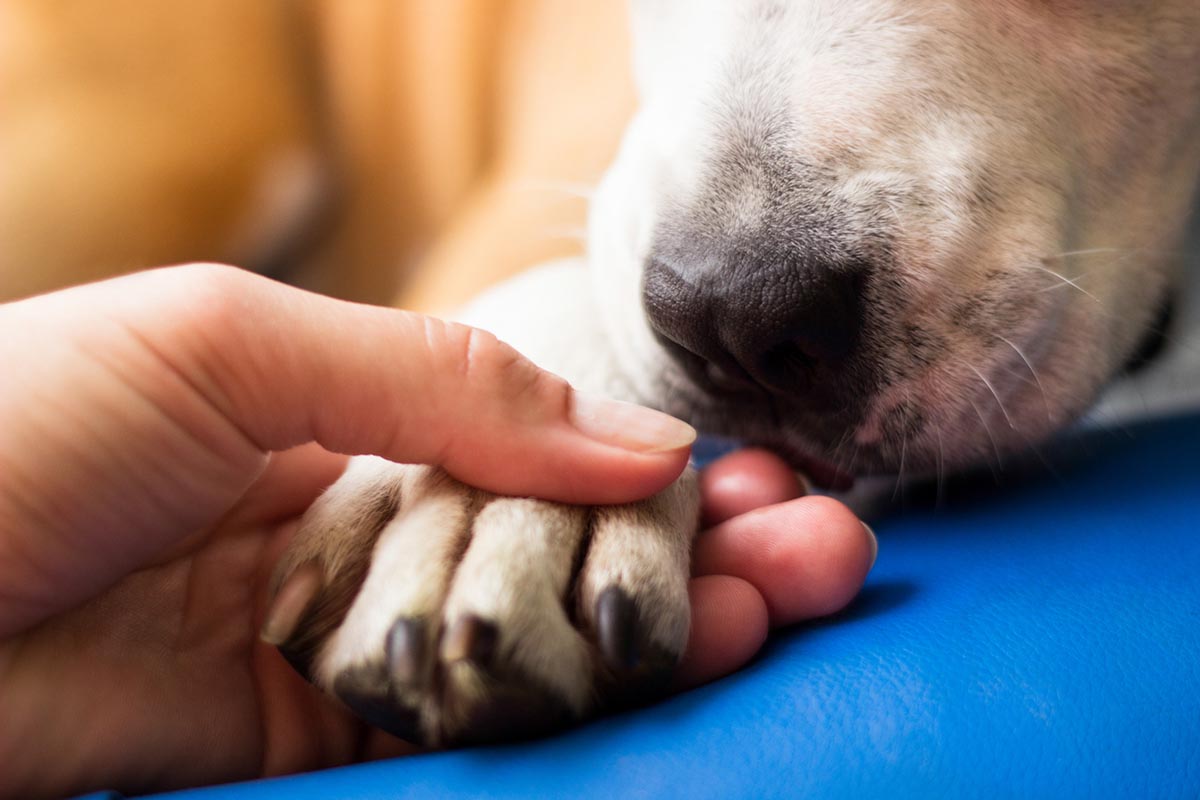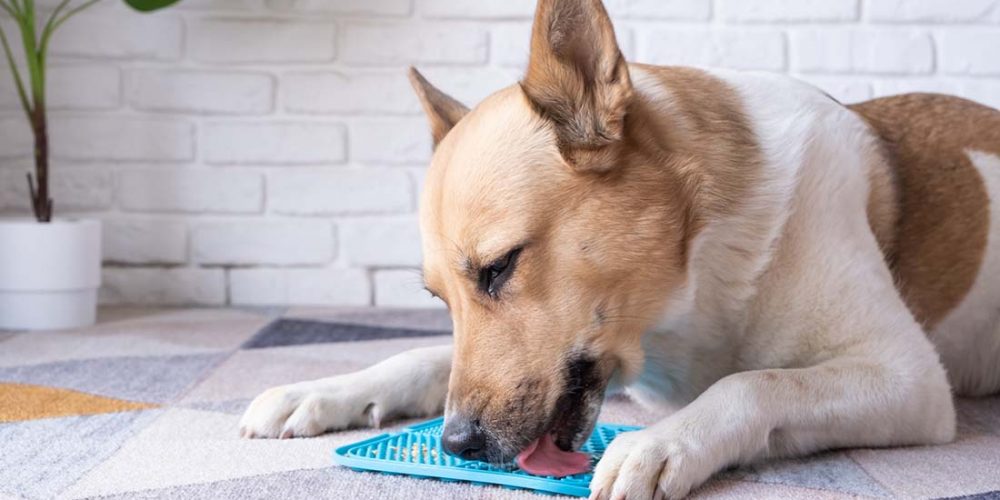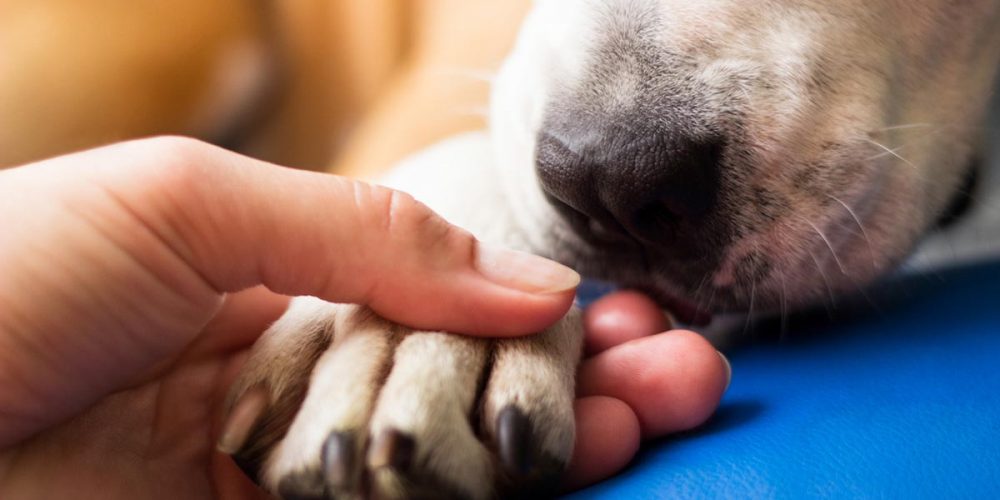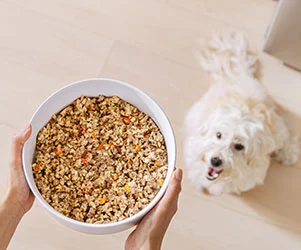The moment your pup bursts through the door after a fantastic walk, you know what comes next: the muddy paw print parade. While wiping up mud might feel like just another chore, keeping your dog’s paws clean isn’t just about preserving your floors. It’s about their total well-being.
As devoted pet parents, we strive to give our dogs the best of everything. That includes proactive, simple care routines. This is a practical guide on how to clean dog paws naturally, safely, and effectively. We’ll explore the best way to clean dogs’ paws using gentle, non-toxic ingredients and simple tools.
Paw cleaning is a fundamental part of daily paw care for dogs. It ensures your furry family member stays comfortable, prevents irritation from harsh outdoor elements, and helps you catch small issues before they escalate. This routine can support your dog’s overall hygiene, promote healthy dog paws, and make the clean-up process stress-free for both of you!
Why cleaning your dog’s paws is important

It’s easy to think of paws as just tough pads built for walking, but they are also susceptible to irritation. The ground they walk on may be covered in things we don’t want them tracking inside or absorbing into their skin. Regular, diligent paw cleaning is essential for several reasons that benefit both your dog’s comfort and your home environment.
Think of paw cleaning as preventative maintenance. When a dog comes in from outside, especially during inclement weather, their paws are exposed to a myriad of irritants. In the winter, this includes rock salt and de-icing chemicals that can cause painful chemical burns. In the summer and spring, it’s fertilizers, pesticides, and allergens like pollen. Allowing these substances to linger on the pads or between the toes increases the risk of them licking or chewing the irritants off. This may lead to digestive upset or prolonged skin irritation.
Moreover, dogs’ paws naturally sweat, which can create a warm, moist environment between the toes—the perfect breeding ground for yeast and bacteria. Wiping and drying the paws breaks this cycle, reducing the chances of common fungal infections.
Here are the key benefits of making paw cleaning a part of your routine:
- Prevents Irritation and Infections: Regular cleaning removes irritants like dirt, dust, lawn chemicals, and road salt. These foreign bodies can cause dryness, redness, and painful inflammatory responses, which are precursors to serious skin infections (dermatitis) between the toes or on the paw pads.
- Keeps Your Home Clean and Allergen-Free: By effectively cleaning your dog’s paws before coming inside, you reduce the amount of tracked dirt, mud, and environmental allergens (like grass pollens) that accumulate in your carpets and furniture. This benefits everyone in the household, especially those with allergies.
- Allows Early Detection of Injuries: Cleaning the paws allows you to look closely at their feet. You can catch small nicks, minor cuts, embedded thorns, cracked pads, or early signs of inflammation (like redness or swelling) before they become painful, complicated infections requiring veterinary intervention.
- Supports Overall Hygiene and Comfort: Dirty paws often lead to excessive paw licking, chewing, or biting, which may cause further irritation and a “hot spot” cycle. By removing the source of the itch, you discourage this destructive behavior and promote happier, healthy dog paws.
6 simple and natural ways to clean your dog’s paws
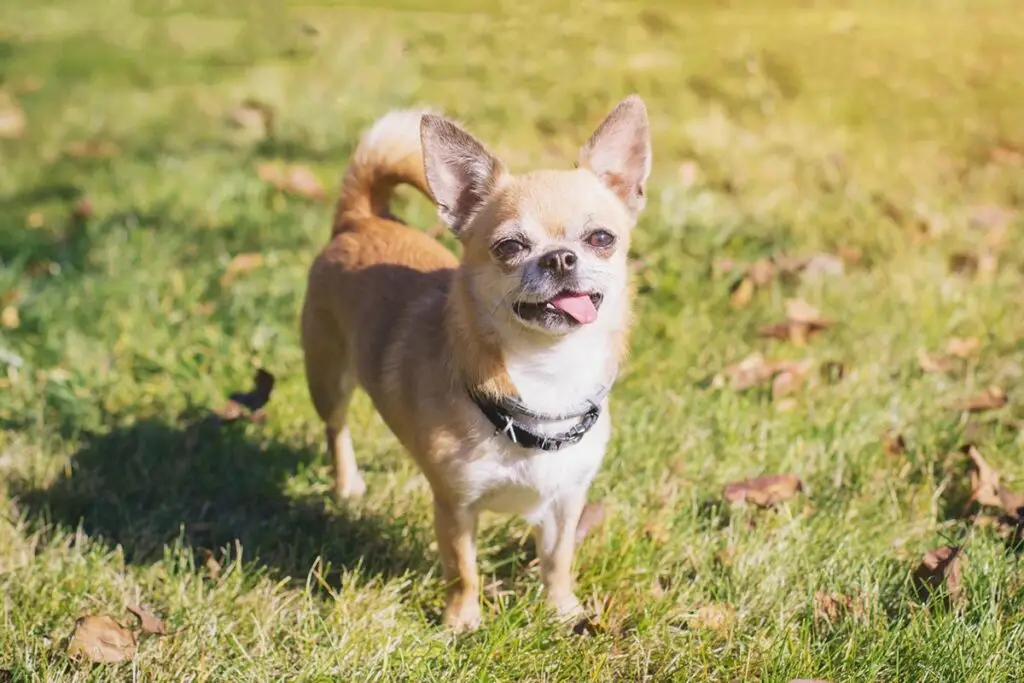
The great news is that the best way to clean dog paws doesn’t require harsh chemicals or expensive gadgets. Simple, natural, and gentle methods can be the most effective. Here are six essential ways to handle everything from light dusting to deep-seated mud.
Warm water and a soft towel
This is your everyday solution and the gold standard for how to clean dog paws naturally. It’s perfect for removing light road dust, sidewalk grime, and small amounts of dirt after a standard walk.
- When to Use It: After every walk on dry days, or for quick clean-ups.
- How to Do It: Keep a dedicated dog towel near your entry point. Dip the dog’s paw into a small basin of clean, lukewarm water (never hot). Gently rub the pads and fur between the toes with your fingers. Dry the paw thoroughly with the towel.
- Safety Note: Always ensure the water is lukewarm, as hot water can damage the sensitive pad skin.
Dog-safe wipes or grooming towelettes
For the proactive pet parent on the go, a high-quality, non-toxic paw wipe is a lifesaver. Look for wipes that are specifically formulated for dogs. They should contain soothing, natural ingredients like aloe vera or witch hazel. Avoid artificial fragrances or alcohol-based solutions.
- When to Use It: When you’re traveling, or for dogs who tolerate the wiping motion on muddy paws. They are excellent for how to clean dog paws before coming inside quickly.
- How to Do It: Cradle the paw and use the wet wipe to clean the top of the foot, the sole, and between the toes and around the nail beds. Use a fresh side of the wipe for each paw.
- Safety Note: Never use human disinfectant wipes, which contain chemicals toxic to dogs.
Gentle paw bath or soak
When your puppy has encountered serious mud, snow, or de-icing salt, a deeper cleaning is necessary to ensure every trace of the irritant is removed. This method is crucial for proper dog paw treatment after harsh outdoor conditions.
- When to Use It: After heavy rain, snowy walks, or trips to the dog park/beach where paws get heavily coated.
- How to Do It: Use a paw wash cup (a silicone-lined cup is great for this) or a dedicated foot bath. Fill it with warm water and immerse one paw at a time. Agitate the water gently by swirling the cup or massaging the paw. This action loosens packed dirt from deep within the fur and pads.
- Safety Note: A quick 10-20 second soak per paw is usually plenty. Prolonged soaking may dry out the pads.
Baking soda or diluted apple cider vinegar rinse (optional)
If your dog is experiencing minor irritation, itchiness, or has a yeast-related odor, a gentle, natural rinse can provide soothing relief.
- When to Use It: For itchy paws, mild redness, or yeast issues.
- How to Do It:
- Baking Soda: Mix 1-2 tablespoons of baking soda into a gallon of warm water. Use this mixture as a rinse after the main water bath. Baking soda helps neutralize acids and soothes minor inflammation.
- Apple Cider Vinegar (ACV): Mix a 1:4 ratio of raw, unfiltered ACV to warm water (1 part ACV to 4 parts water). Use this as a quick, final rinse. The mild acidity of ACV may help balance the paw’s pH and discourage yeast growth.
- Safety Note: Always dilute ACV well, as full-strength vinegar can sting or burn. Ensure your dog doesn’t have open cuts before using ACV. Always rinse with clean water after an ACV soak to prevent residue buildup.
Dog safe soap for heavy dirt
Sometimes, water alone just won’t cut through greasy mud, sap, or stubborn environmental residue. When you need a little extra cleaning power, select a high-quality, natural soap.
- When to Use It: For serious messes, sticky residue (like pine sap or tar), or after encountering heavy oils.
- How to Do It: Use a very small dollop of unscented, natural dog shampoo or a gentle castile soap (diluted). Lather only the heavily soiled areas, focusing on the pads and paw edges. Rinse thoroughly under running water until all soap residue is gone.
- Safety Note: Residue from soap may cause irritation and prompt your dog to lick their paws more. Rinse well!
Using booties or paw protection outdoors
Prevention is always the best way to clean dogs paws, or, rather, to keep them from getting excessively dirty in the first place! Protective gear is invaluable, especially in extreme weather.
- When to Use It: In snow and ice where harsh de-icing chemicals are used, on very hot asphalt or pavement, or on trails with thorny debris.
- How to Do It: Invest time in training your dog to comfortably wear booties. Start indoors for short periods, pairing them with high-value treats. Alternatively, use a natural paw wax (like Musher’s Secret or a homemade mix of coconut oil and beeswax) to create a protective barrier.
Tips when cleaning your dog’s paws
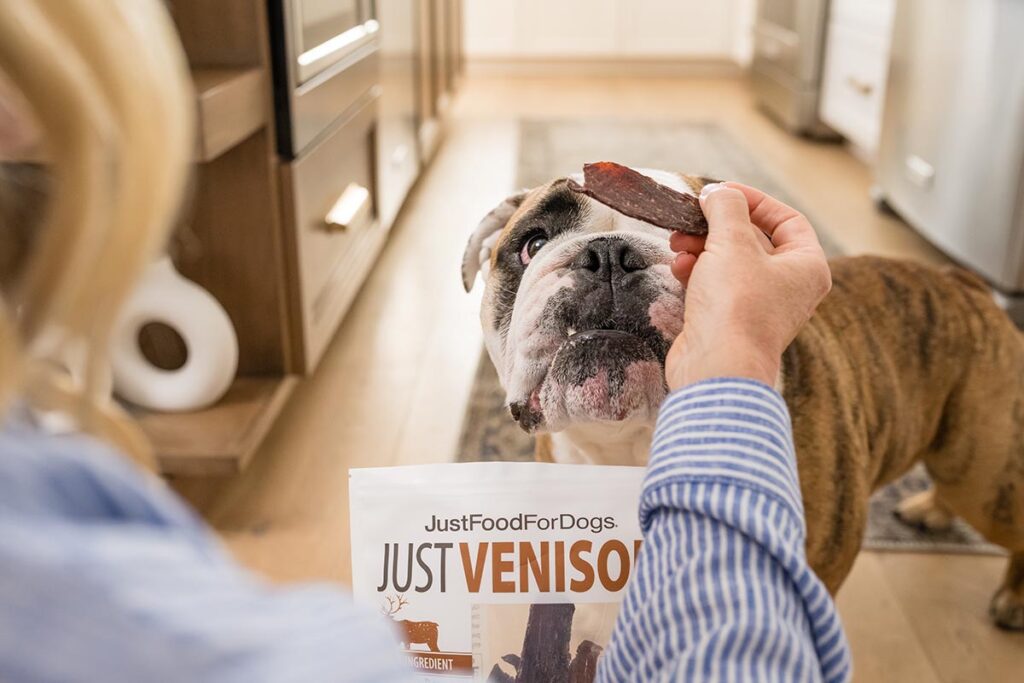
To turn paw cleaning from a battle into a bonding experience, routine and technique are everything. As a proactive problem-solver, here are some essential tips for easier, safer, and more effective paw hygiene.
- Create a Cleaning Station: Dedicate a space near the entrance. Keep all your tools there: the paw washer, clean towels, natural wipes, and some dog treats for positive reinforcement. Having everything in one spot ensures consistency, even on hectic days.
- Use Positive Reinforcement: Many dogs don’t love paw handling, so you must create a positive association. Before you even touch a paw, reward your dog for simply standing calmly by the cleaning station. As you clean, provide continuous, calm praise. Follow the cleaning session immediately with a few bites of a high-value, healthy reward. High-protein options like JustFoodForDogs single- and limited-ingredient treats are perfect because they reinforce positive behavior while supporting their overall nutrition.
- Check Between the Toes and Pads: This is where small debris, ticks, and irritants hide. When drying, spread the toes slightly and inspect the webbing and the area at the base of the nail. Look for small pebbles, burrs, or matted fur that can cause pain and irritation if left alone.
- Dry Paws Completely: Incomplete drying may cause yeast infections. Moisture trapped between the paw pads and in the surrounding fur creates a damp, dark environment for fungus to thrive. After a bath or soak, use the towel to pat and squeeze out moisture. If necessary, follow up with a low-setting hairdryer if your dog tolerates it.
- Keep Fur Trimmed (If Applicable): Breeds with long hair that grows between the paw pads (like Shih Tzus or Poodles) need regular trims. This fur can act like a sponge, soaking up water, dirt, and chemicals, and is prone to matting. Carefully trim the fur (or ask a groomer to) even with the paw pads, to reduce moisture retention and make cleaning easier.
- Inspect Nails and Pads Regularly: Use paw cleaning time as your daily check-up. Note the condition of the pads (are they soft, cracked, or calloused?) and look at the nails. Long nails may shift your dog’s gait and cause long-term orthopedic issues. If you hear a ‘click, click’ on hard floors, it’s time for a trim! Catching a cracked nail or a blistered pad during this inspection is critical for immediate dog paw treatment.
Related reading: How to Clean Your Dog’s Ears.
Clean their paws. Feed them fresh.
Caring for your dog’s paws is more than just maintaining cleanliness; it’s a silent, daily act of love that directly translates into their comfort and mobility. By implementing a consistent, natural paw cleaning routine, you are protecting them from the outside world, preventing painful irritations, and deepening the trusting bond you share.
Remember, true wellness starts with attention to detail from the ground up. Pair your proactive paw care with balanced nutrition and wholesome treats to support total-body wellness. Just like a clean paw is a healthy dog paw, fresh, whole-food nutrition is the foundation of a healthy life.
Make paw cleaning a joyful moment, not a stressful one, by rewarding their patience with nourishment that matches your devotion.
This content is for informational use only and does not replace professional nutrition and/or medical advice, diagnosis, or treatment. It is not a substitute for and should not be relied upon for specific nutrition and/or medical recommendations. Please talk with your veterinarian about any questions or concerns.
mbennett19. 2024. “Talk to the Paw: The Necessity of Paw Pads.” VMBS News. August 15, 2024. https://vetmed.tamu.edu/news/pet-talk/paw-pads/.

